With Salt Water Sportsman’s help, you can figure out where your favorite fish is during December and January, the peak of winter. Pick your top species and head to the best bets to find them.
Pacific Blue Marlin
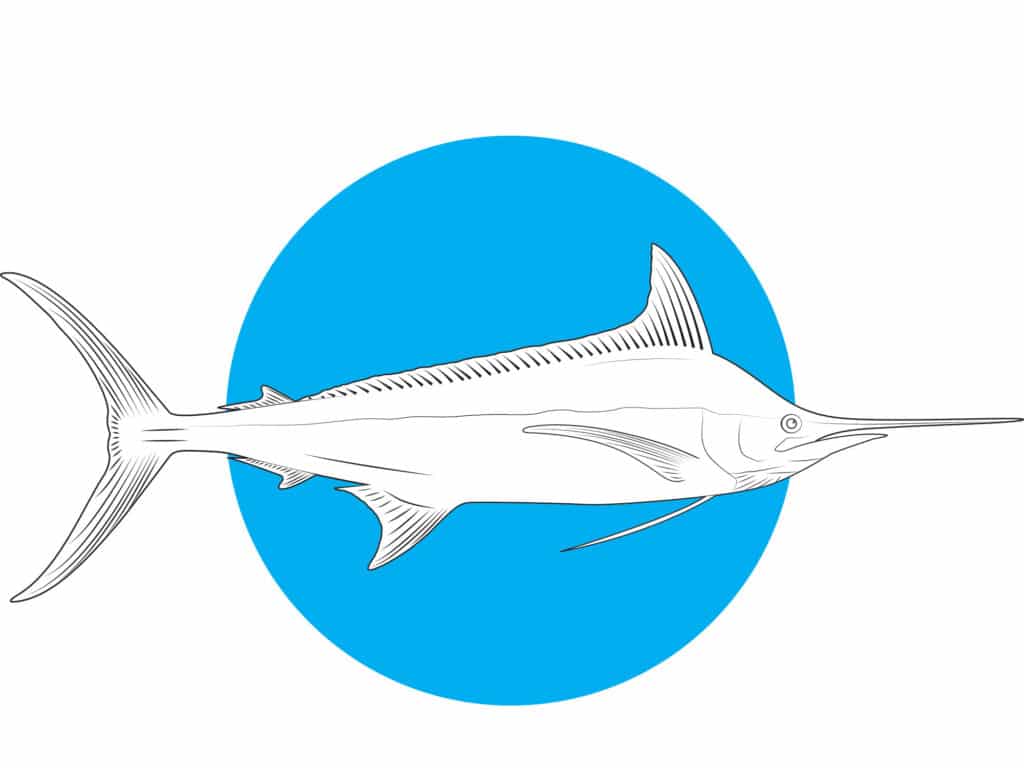
First choice: Panama
Second choice: New Zealand
With monsoon season finally over, boats again troll live bonito and small tuna to rack up releases along the drop in the continental shelf that separates the Gulf of Panama from the open Pacific Ocean. Warm summer currents bring excellent numbers of blues near New Zealand shores. Look for fish to show off Tairua and Whitianga first.
Atlantic Blue Marlin
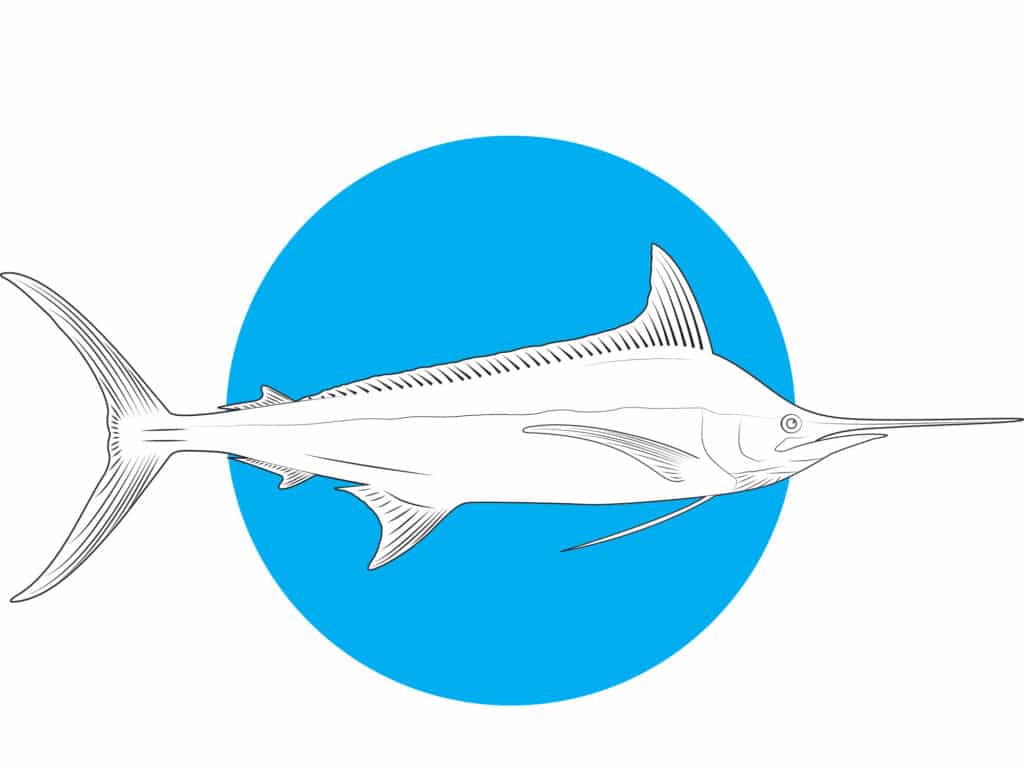
First choice: Brazil
Second choice: Jamaica
Upwellings serve up tuna and dolphin for hungry blues at Royal Charlotte Bank off Canavieiras, Brazil, where six or more daily shots are common this time of year. In Jamaica, 250- to 500-pound blues still hunt along the Cayman Trench, which comes within a half-mile off Montego Bay, where depths quickly drop from 400 to 3,000 feet.
Black Marlin
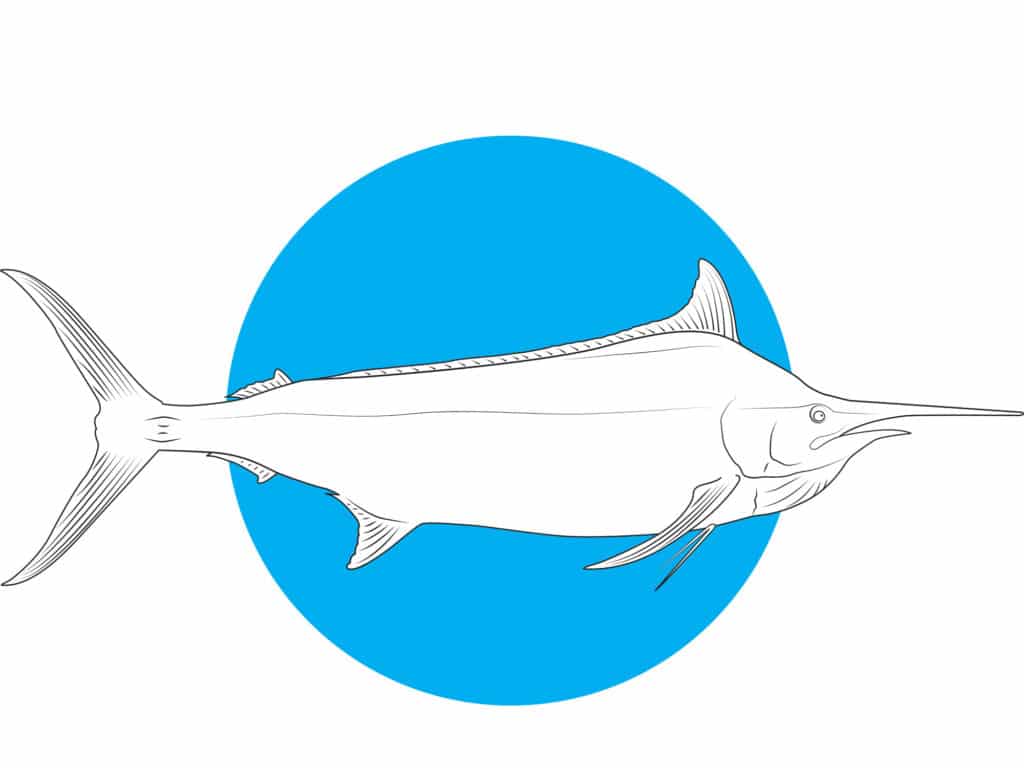
First choice: Panama
Second choice: Australia
Lots of blacks 300 pounds and up prowl underwater pinnacles as shallow as 600 feet between Panama’s Isla Jicarón and Jaqué. In Australia, granders leave the Great Barrier Reef, but juveniles invade Gold Coast, where 75- to 150-pounders come surprisingly shallow to feast on mackerel schooling over the patch reefs.
White Marlin
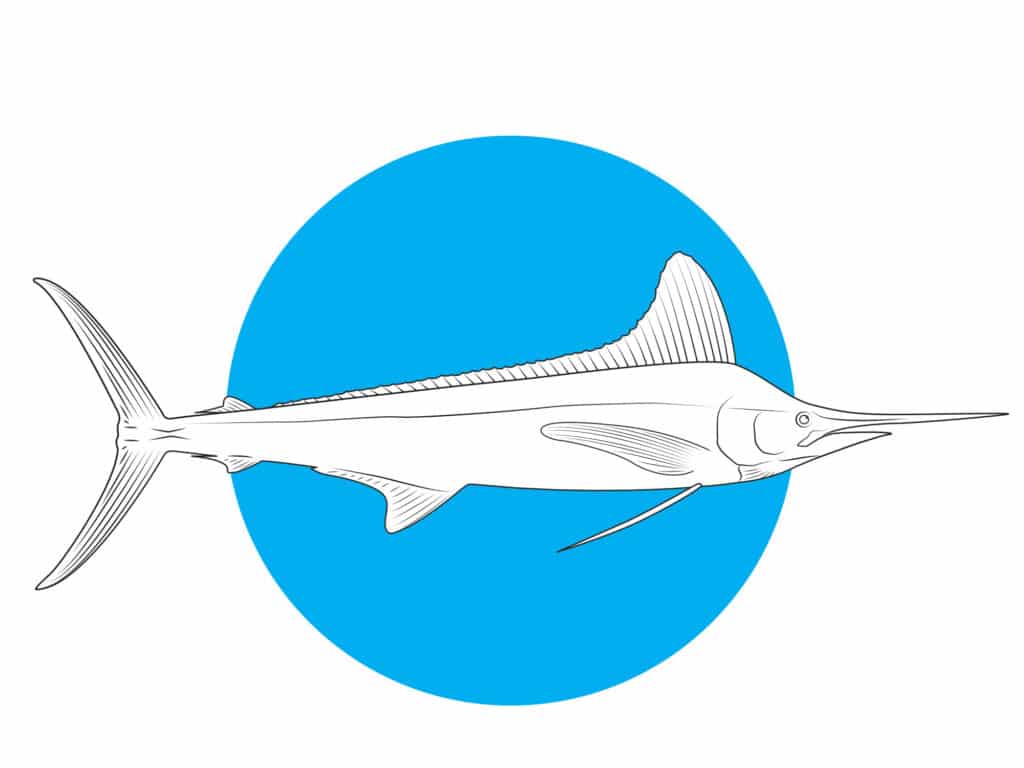
First choice: Brazil
Second choice: Barbados
If you’re after a trophy, there’s no better place than Vitoria, Brazil, where the first drop, less than an hour’s run, produces some of the world’s largest white marlin, averaging 90 pounds and some hovering around 150. In Barbados, white marlin action is on the upswing as more boats targeting big game raise two or three fish a day.
Atlantic Sailfish
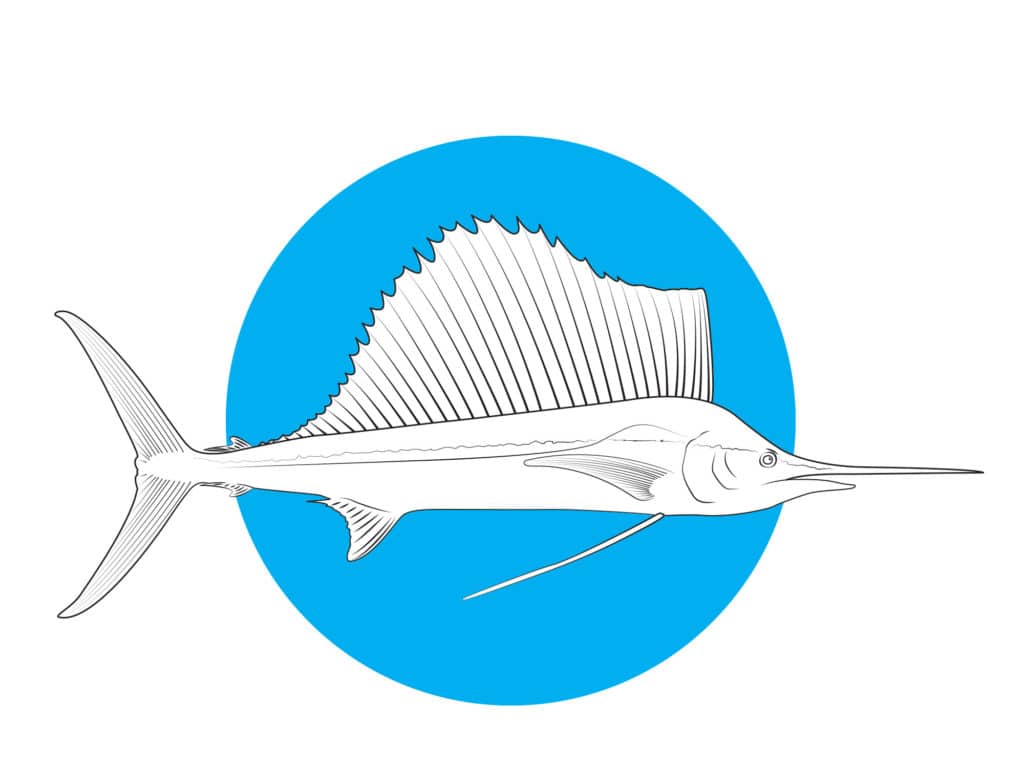
First choice: Florida
Second choice: Mexico
Expect good to excellent sailfishing from Fort Pierce to Key West, Florida, as hordes of hungry spindlebeaks are both active and in a feeding mood. Migrating sails begin to stage in the Yucatan Channel off Isla Mujeres. The arrival of the billfish coincides with baitfish beginning to school heavily in the area, and the bite improves steadily as spring approaches.
Pacific Sailfish
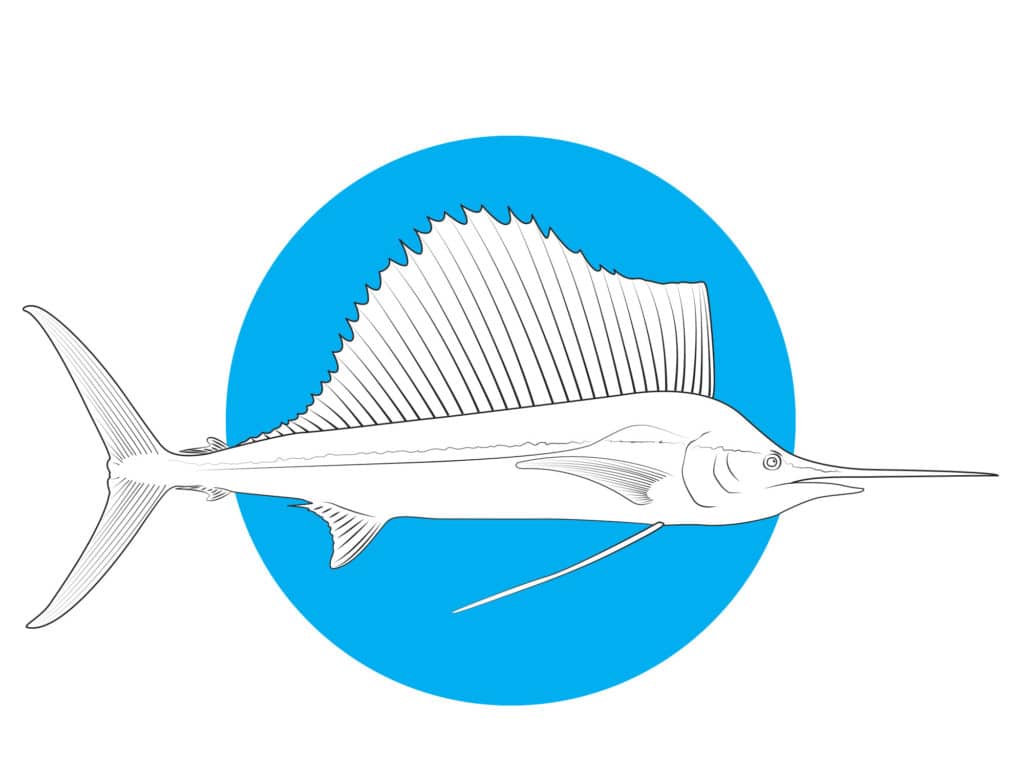
First choice: Guatemala
Second choice: Costa Rica
Boats out of Iztapa, Guatemala, amass extraordinary numbers of releases this time of year, and the sailfish bite off Guatemala often begins closer to shore now than later in the season. In Costa Rican waters, boats out of Golfito and Quepos enjoy the earliest influx of sailfish, but by mid-January the fishing also heats up off Los Sueños and Puerto Carrillo.
Striped Marlin
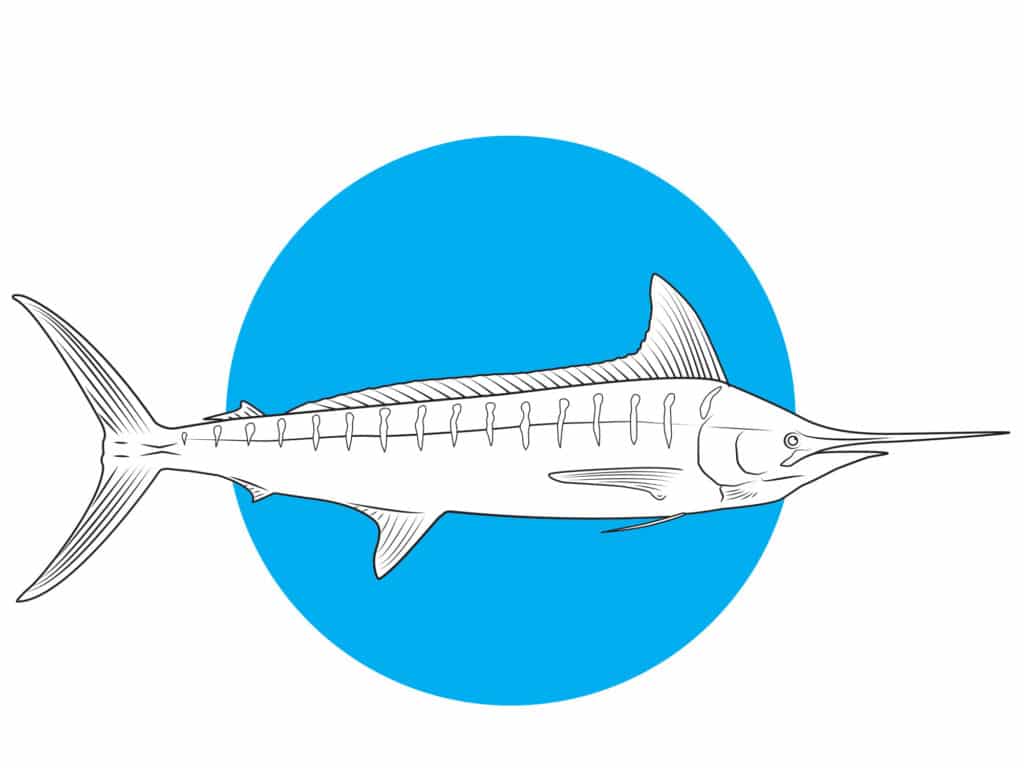
First choice: Mexico
Second choice: Ecuador
Stripes remain the protagonists in most offshore battles for boats fishing along the coast of Mexico’s Baja California Sur as the marlin follow the annual baitfish migration. In Ecuador, plenty of striped marlin still hang around the Galapagos Islands, but prolonged periods of choppy seas often make the fishing more challenging.
Wahoo
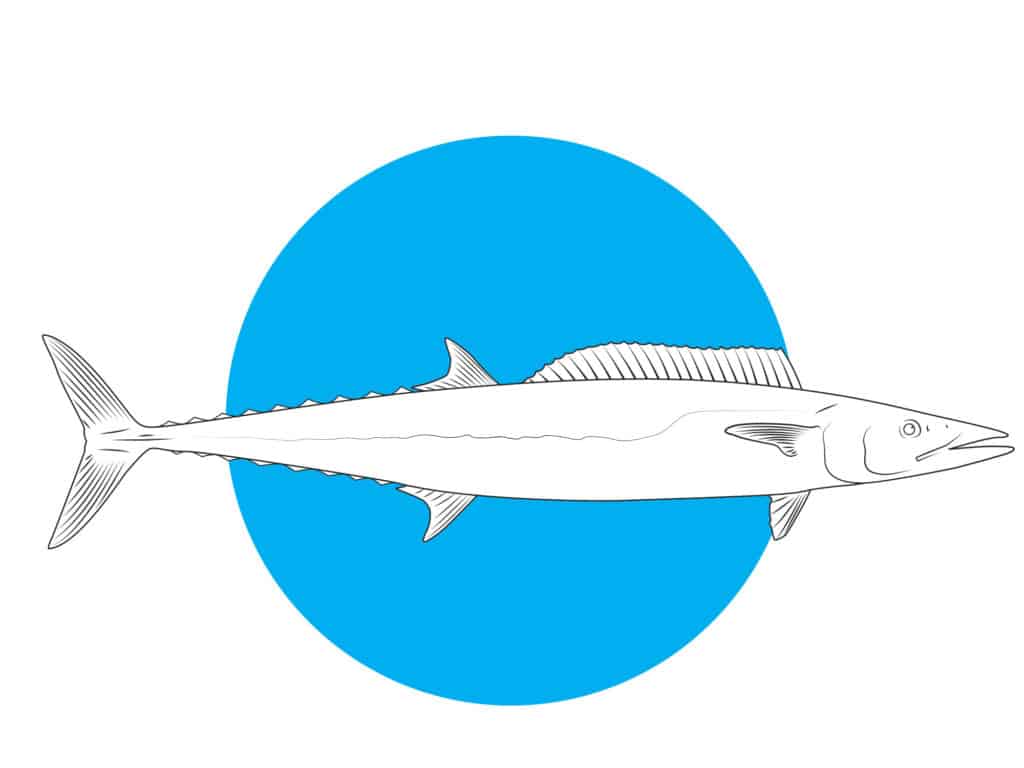
First choice: Bermuda
Second choice: Bahamas
The fast action around Challenger and Argus banks and the southwest end of the island lets Bermuda overtake the Bahamas as the top wahoo destination this time of year. Nevertheless, San Salvador and neighboring Cat Island, renowned Bahamian wahoo producers, remain hot and are the better choice for specimens of triple-digit weight.
Yellowfin Tuna
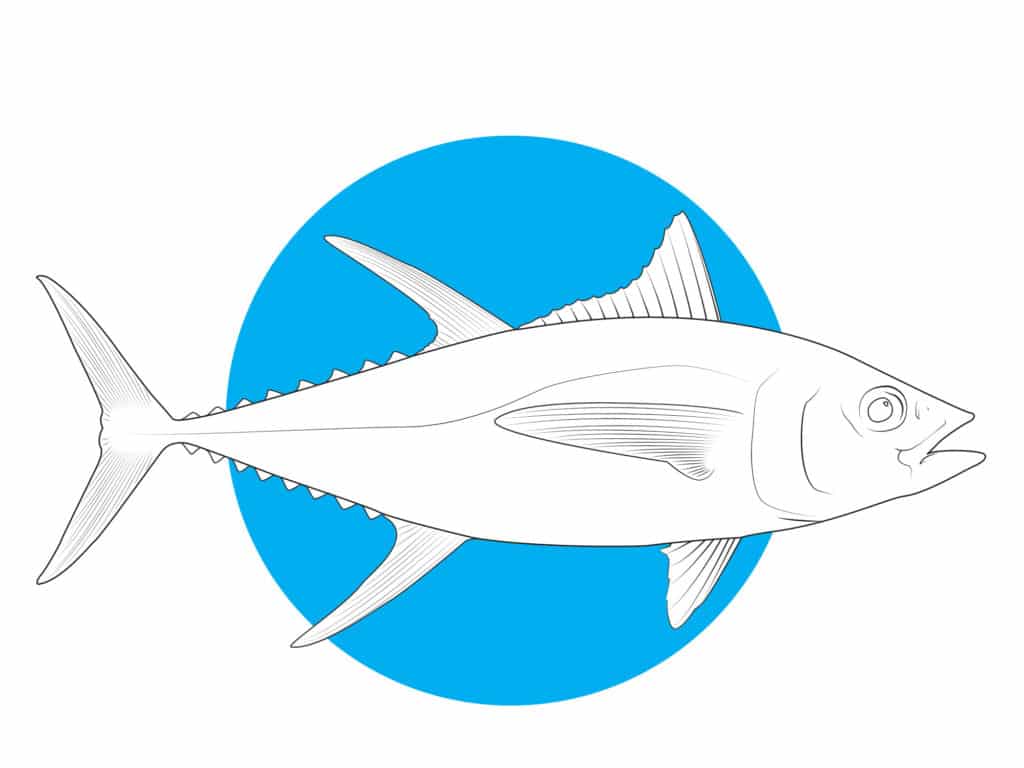
First choice: Bermuda
Second choice: Louisiana
The fertile waters surrounding Bermuda’s Challenger and Argus banks are also loaded with yellowfins in the 60- to 100-pound class. While some are caught by boats trolling for wahoo, chumming and chunking frequently produce more tuna. Louisiana’s fabled lumps come into their own this time of year, when some of the largest yellowfins come to town.
Blackfin Tuna
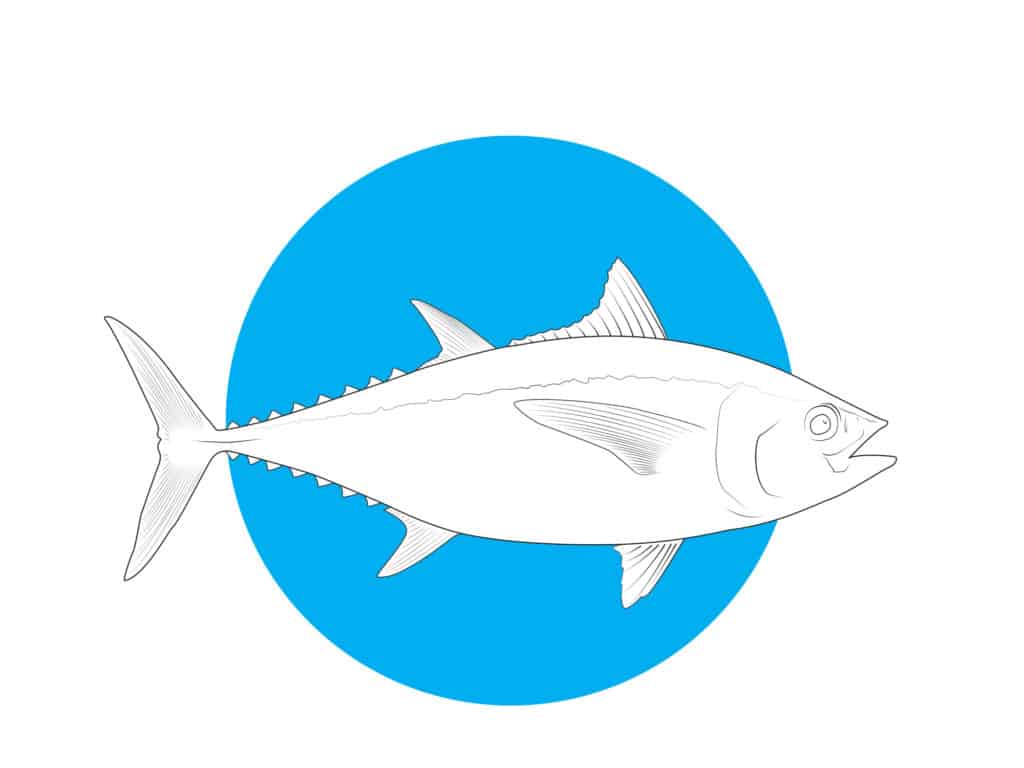
First choice: Florida
Second choice: Louisiana
Whether it’s live-baiting the various Islamorada and Marathon humps on the Atlantic side, or chumming and chunking near shrimp boats out in the Gulf, the Florida Keys now offers superb action with blackfins. Louisiana’s shrimping fleet affords similar opportunities, and some blackfins are also caught trolling live baits near floating oil rigs in deeper water.
Bonefish
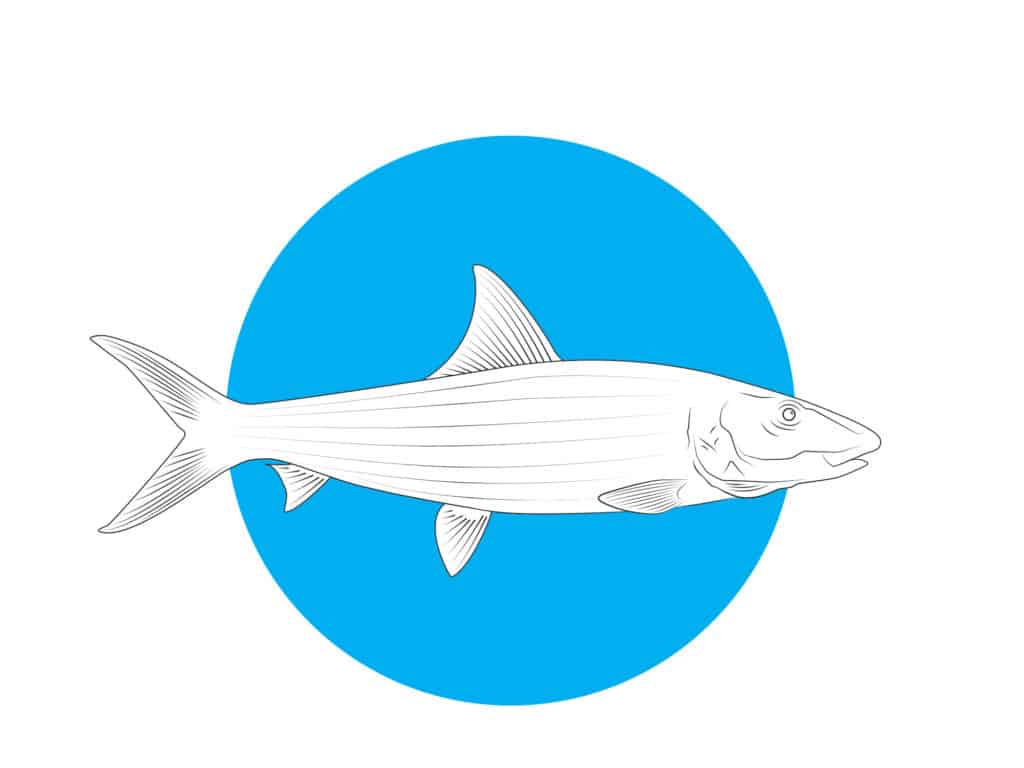
First choice: Bahamas
Second choice: Cayman Islands
As winter weather sets in, the warmer climates of the Bahamas and Cayman Islands keep more bones accessible to anglers. During calm, sunny periods, track down fish on grass and mud flats; otherwise, find them in protected bays and coves, or look for large muds in 4 to 8 feet of water, a sign that schools of bonefish are foraging.
Snook
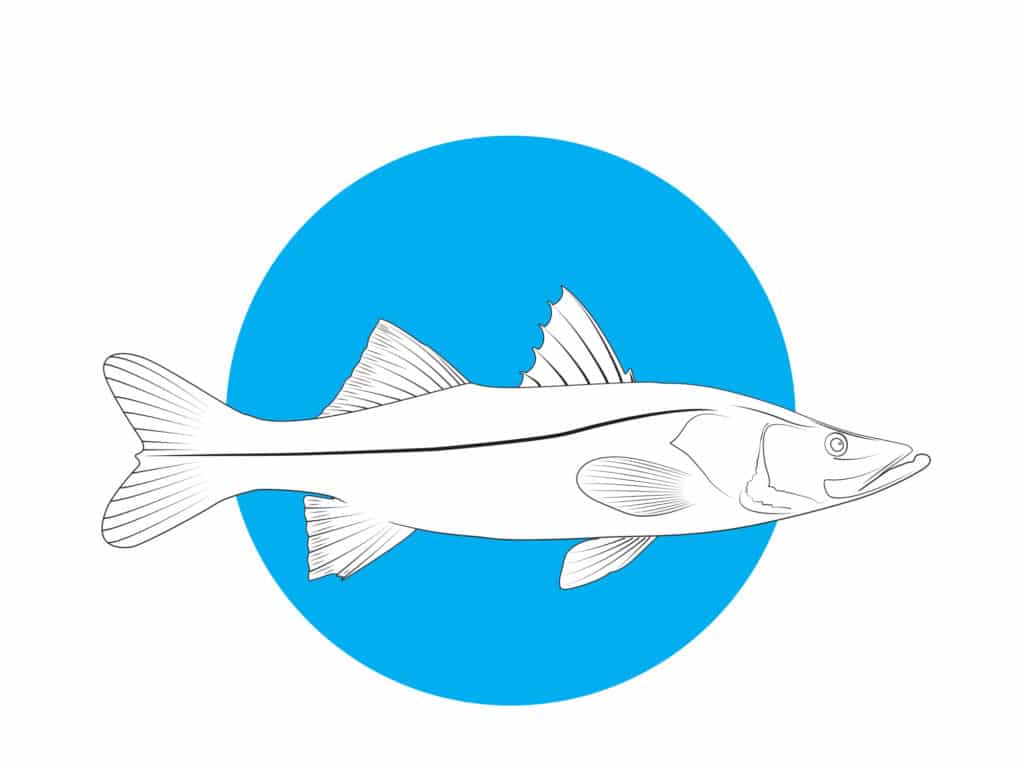
First choice: Florida
Second choice: Costa Rica
When the mercury drops, Florida’s linesiders seek milder water temps in deep residential canals, coastal rivers, and bridges over the deeper points of the Intracoastal Waterway. Some soak up rays at adjacent flats and ledges during warm intervals. Fat snook (aka calba) congregate to spawn inside Rio Colorado, Parismina, Rio San Juan, and other Costa Rican rivers.
Tarpon
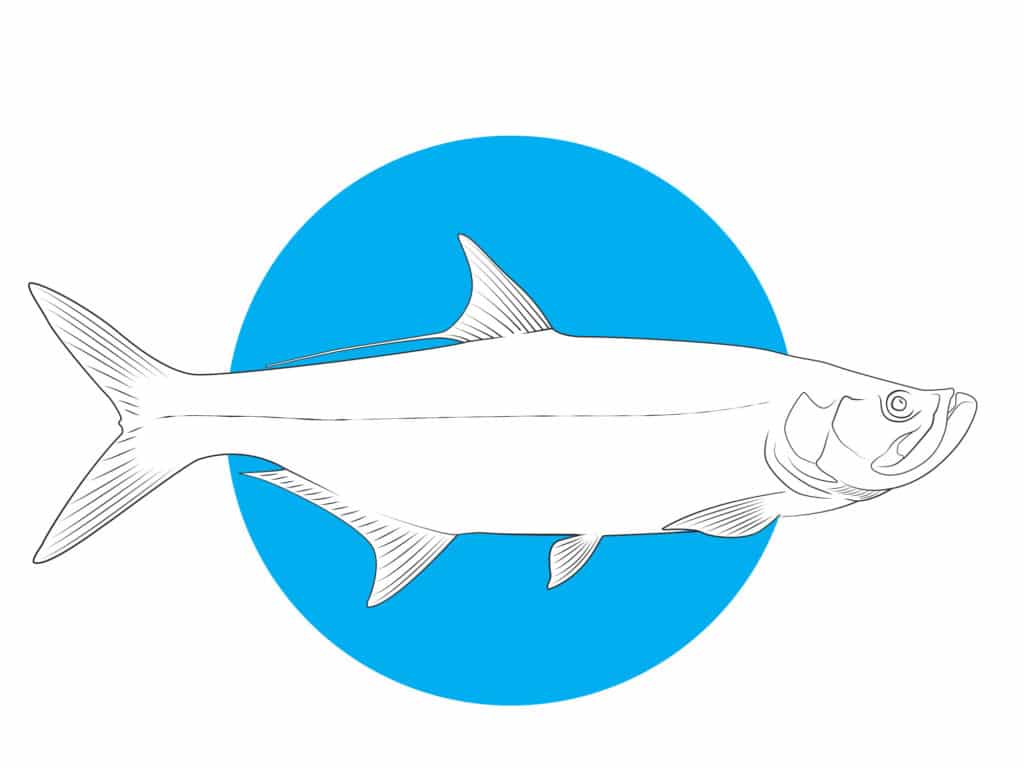
First choice: Costa Rica
Second choice: Florida
In Costa Rica, silver kings stage around the mouths of Rio San Juan, Rio Colorado, and other rivers on the Caribbean coast. Some schools travel between river mouths, from 1 to 3 miles off the beach. Florida tarpon stack up in Miami’s Government Cut, Fort Lauderdale’s Port Everglades, and up various Gulf-side coastal rivers.
Permit
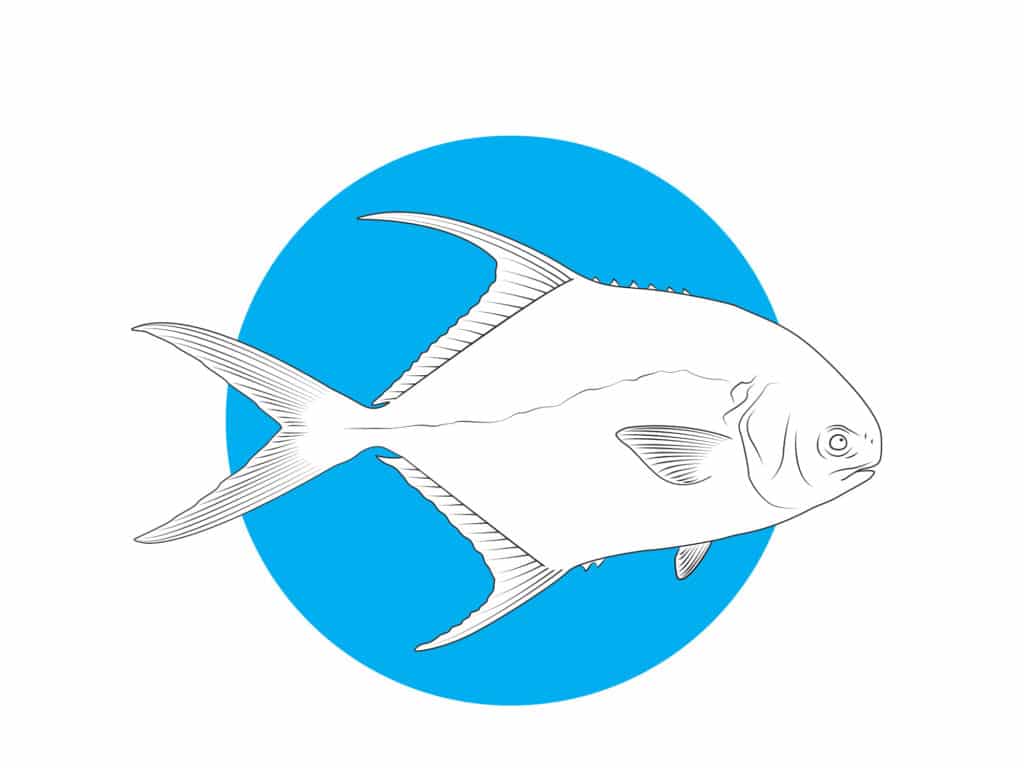
First choice: Belize
Second choice: Florida
From Ambergris to Punta Gorda, Belize offers lots of 8- to 15-pounders, along with trophies exceeding 20 pounds. Practice casting in windy conditions to improve your chances. In the lower Keys, rebuilding continues, and more marinas, hotels and guides are up and running, enabling anglers to chase resident permit. Biscayne Bay offers another great option.
Red Drum
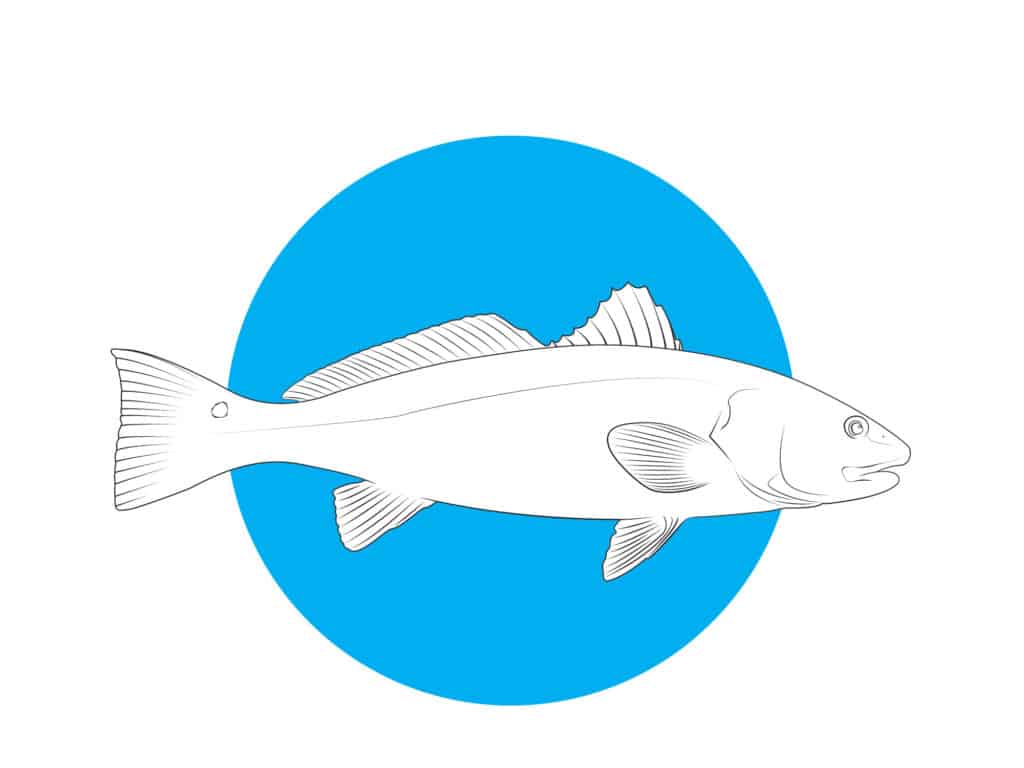
First choice: Louisiana
Second choice: Florida
The running of the bulls continues in southeast Louisiana, where reds often weighing over 30 pounds still feast on schooling baitfish at the mouths of major bays and along outer island shorelines. In Florida, look for reds in tidal creeks along the Big Bend, Steinhatchee, Cedar Key and Fernandina Beach, and on the flats of Mosquito Lagoon, Pine Island Sound and Florida Bay.
Striped Bass
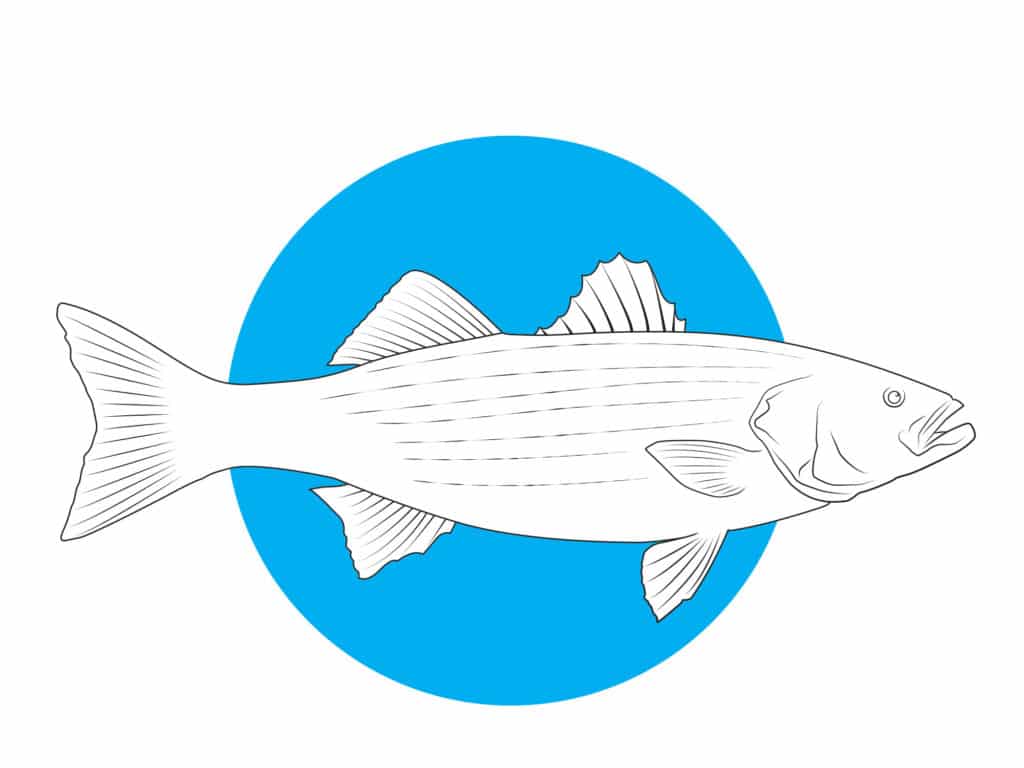
First choice: Maryland
Second choice: North Carolina
A large portion of the Northeast striper population returns to Chesapeake Bay waters for the winter, where crustaceans become their prevalent forage. A bit farther south, some bass pods stage off North Carolina’s Outer Banks beaches, while others seek the comfort of the Roanoke, Tar, Neuse and Cape Fear rivers, where they spawn in the spring.
Swordfish
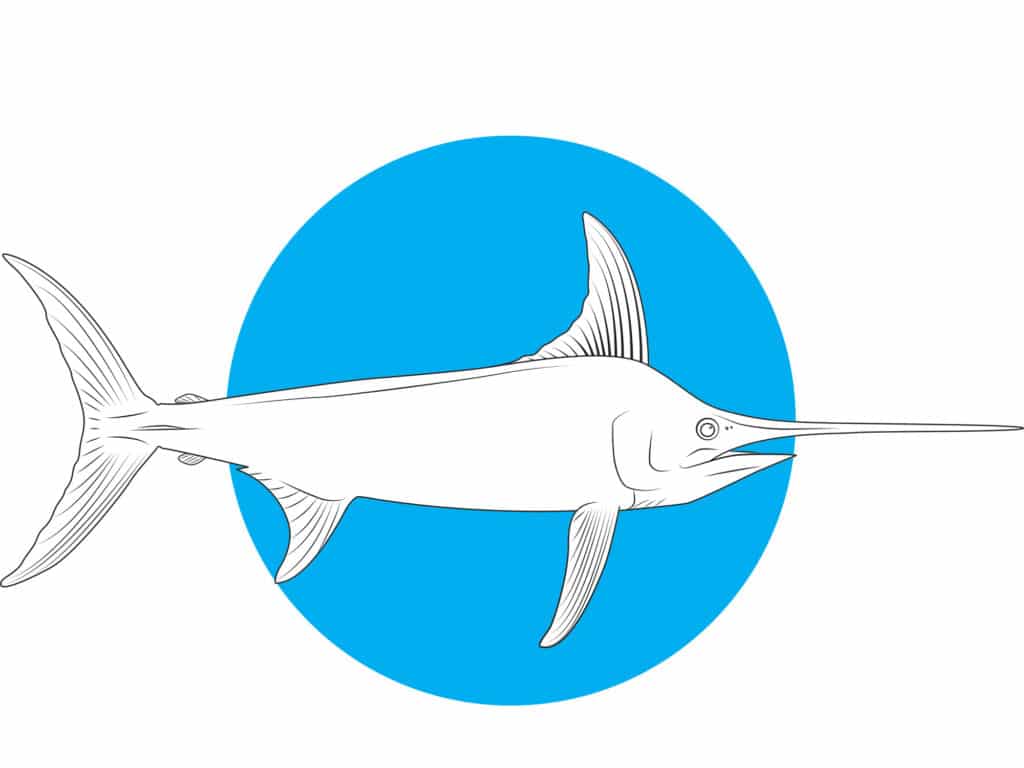
First choice: Florida
Second choice: Mexico
The most reliable option for broadbills continues to be drifting baits along deep ledges off South Florida, where the influence of the Gulf Stream helps produce greater numbers and size. In Mexico’s Baja waters, a steady increase in swordfish numbers in the Sea of Cortez coincides with the January full moon, and boats start to find some finning on the surface.
King Mackerel
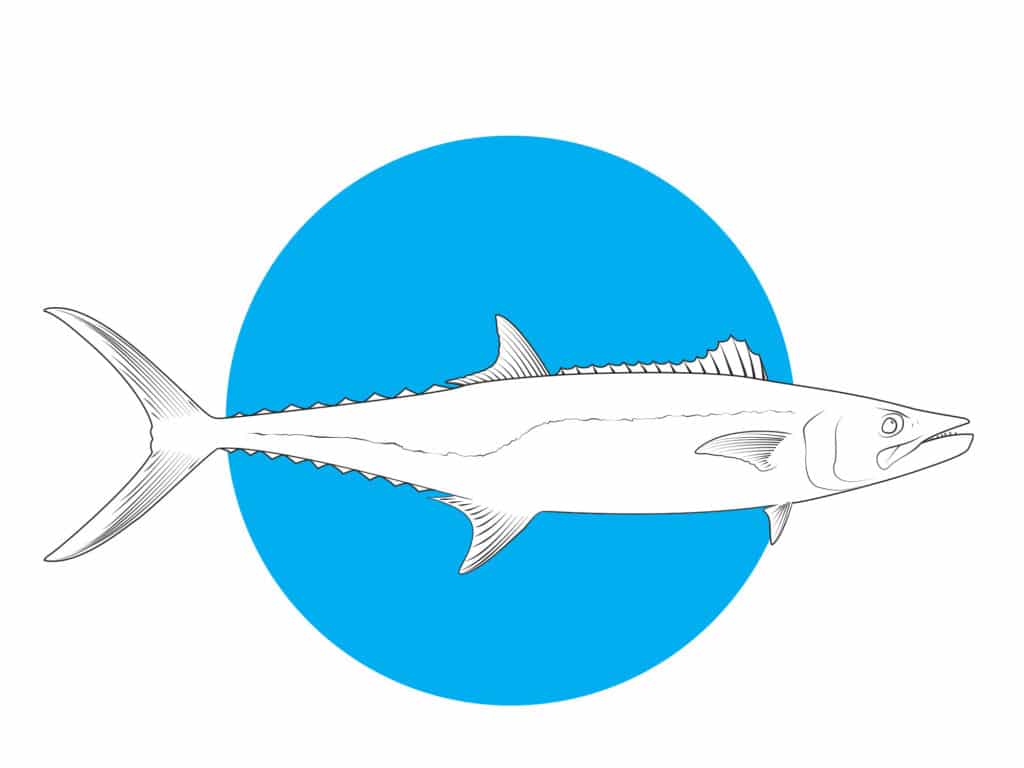
First choice: Florida
Second choice: North Carolina
Florida’s Gulf coast, from Key West to the Panhandle, teems with kings this time of year. Most are 8- to 15-pounders, but find a wreck or other bottom structure, or fish outside one of the major passes, and you’ll find the big smokers. In North Carolina, fish as large as 50 pounds remain off the Outer Banks, from a half-mile off the beach to 15 miles out.
Seatrout
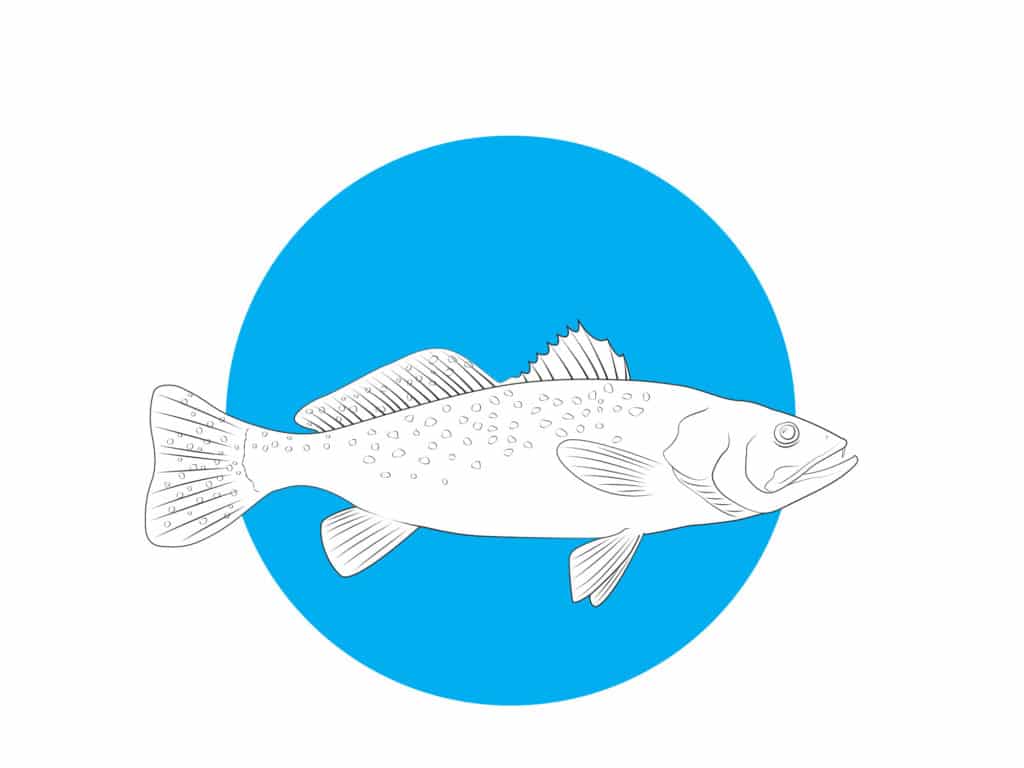
First choice: Louisiana
Second choice: Florida
Oil and gas platforms along Louisiana’s coast provide both the forage and the cover speckled trout need in winter. Breton Island and the Chandeleurs afford fish the same incentives and offer anglers shelter from winds and waves. Along the Florida coasts, deeper shorelines and power-plant outflows hold big trout when the temperatures drop.
Dolphin
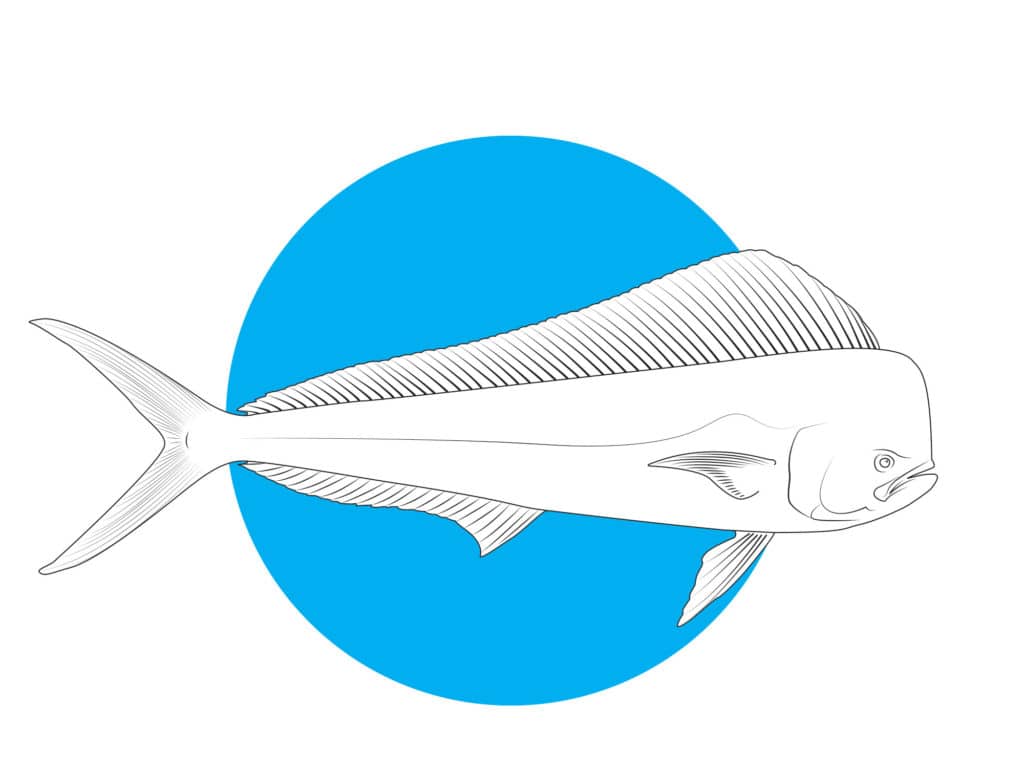
First choice: Panama
Second choice: Mexico
Rivers swollen by recent monsoons push lots of debris out to sea, creating cover and feeding stations for dolphin migrating along Panama’s Pacific coast. Now is when schools of dorado exit Baja’s Sea of Cortez in search of warmer waters, and the sport-fishing fleets out of Cabo San Lucas take full advantage.









